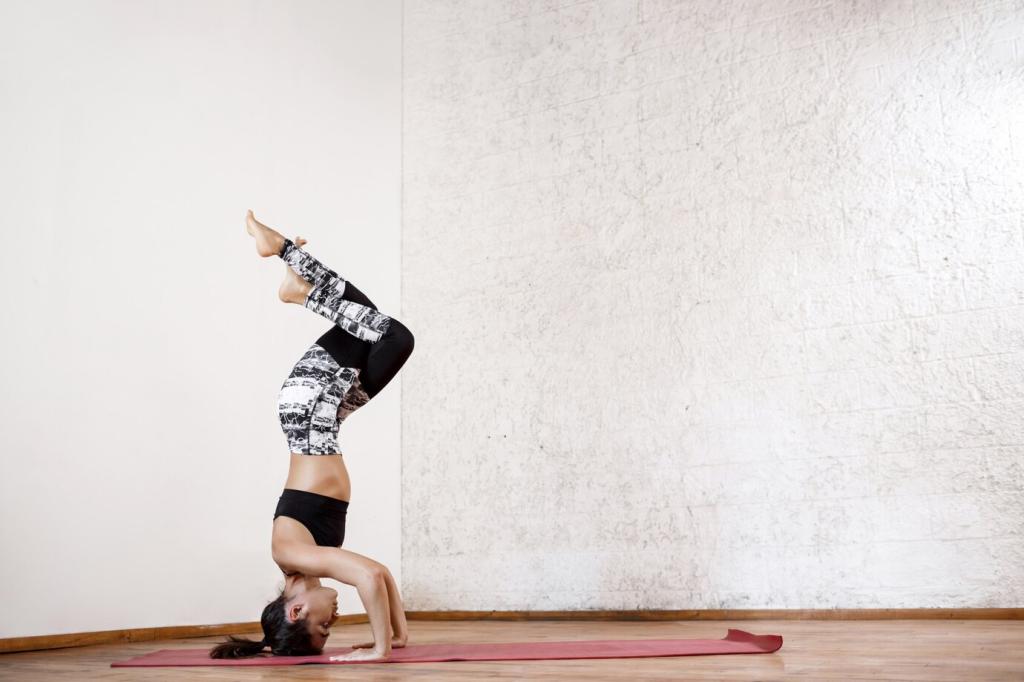
Find Your Stillness: Essential Elements of a Minimalist Yoga Room
Chosen theme: Essential Elements of a Minimalist Yoga Room. Step into a serene, clutter-free space where breath leads, shapes soften, and purpose shines. Explore how mindful design elevates your practice—and share your journey, subscribe, and stay inspired.
Calm Foundations: Color, Light, and Empty Space
Choose earthy whites, warm greys, and soft sand tones that quiet busy thoughts and reduce visual noise. A calm palette becomes the backdrop for breath, helping you feel grounded, steady, and receptive to practice.
Calm Foundations: Color, Light, and Empty Space
Let natural light guide your rhythm without glare. Sheer curtains or adjustable shades diffuse brightness, while shadows mark time gently. Share your favorite window ritual below, and subscribe for weekly minimalist yoga room insights.
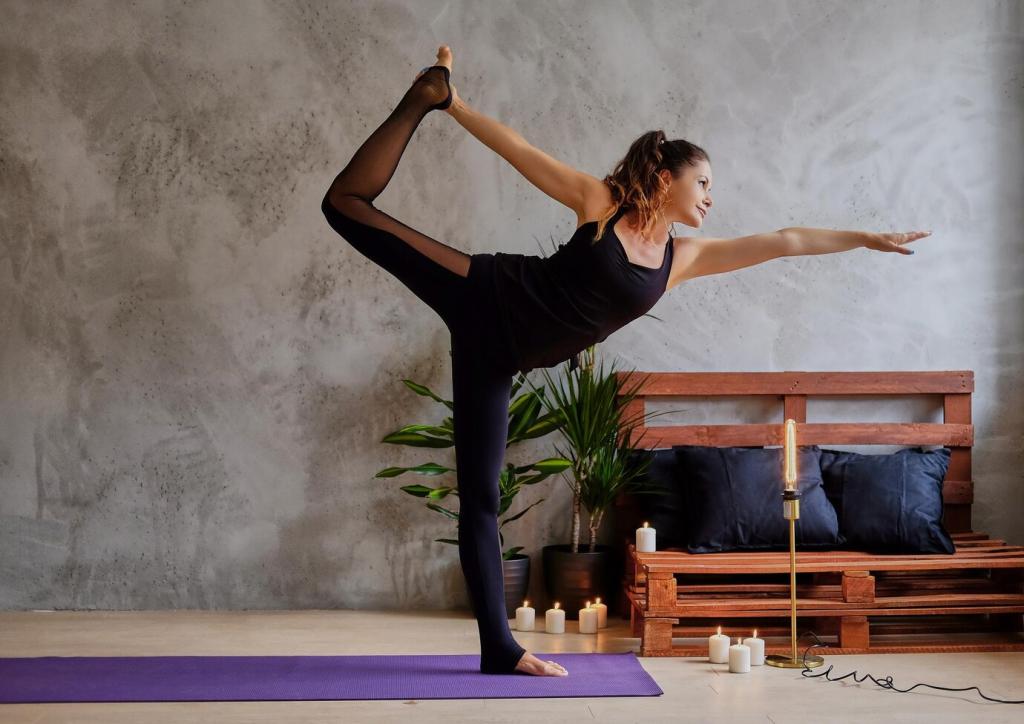
The mat as center stage
Select a high-quality mat with reliable grip and cushioning that suits your joints. When the mat is right, you need fewer extras. Tell us which texture supports your practice best and why.
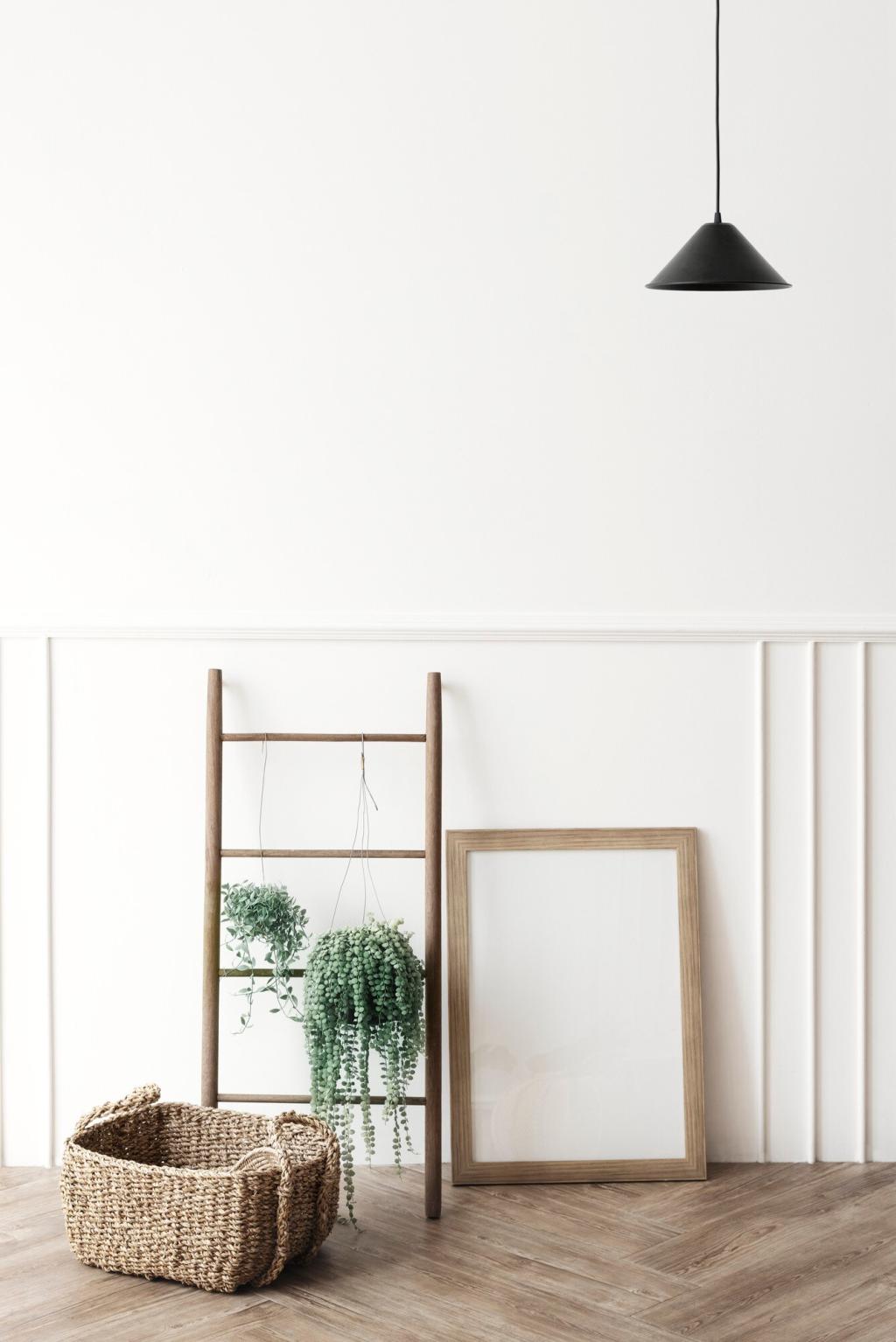
Multi-use seating, not a sofa
A simple wooden bench or low stool can serve as seat, altar surface, and prop shelf. Compact and sturdy, it keeps lines clean and energy focused. What multi-use piece anchors your room?
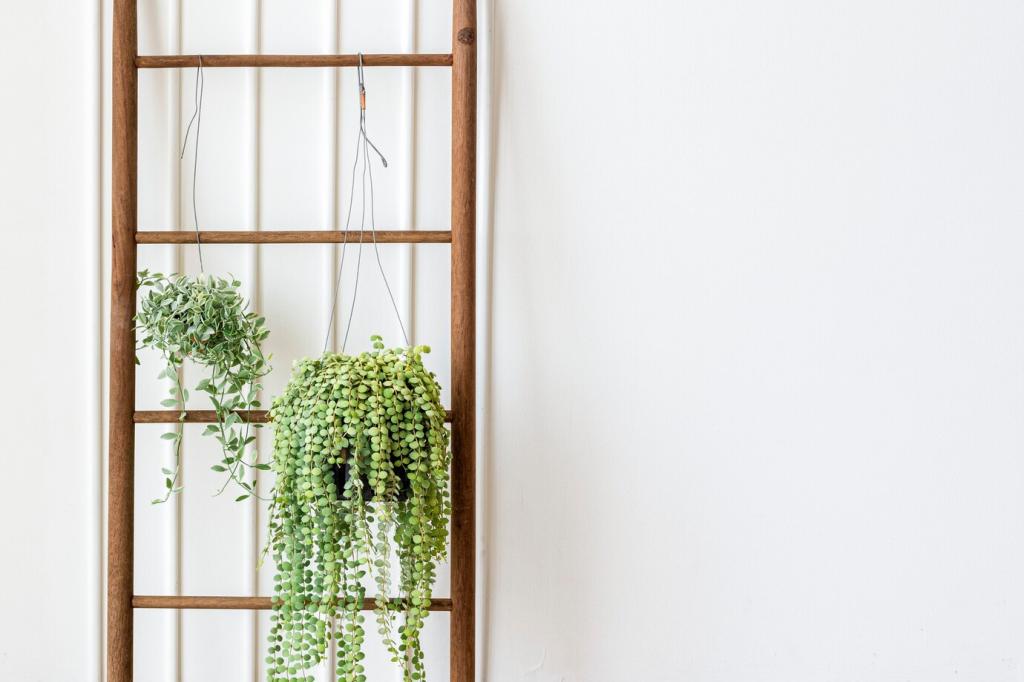
Prop essentials, edited with purpose
Keep two blocks, one strap, and a bolster or folded blanket. Each prop should be versatile, durable, and quiet in color. Comment with your most-used prop and how it supports daily consistency.
Unfinished or lightly finished wood floors, cork blocks, and linen curtains add warmth without visual chaos. Their soft textures invite bare feet and slower movements, encouraging gratitude with every inhale and exhale.
Mindful Materials: Natural Textures That Breathe
Choose paints and sealants with low or zero VOCs to keep air fresh during deep breathing. You will feel the difference in long holds and slow pranayama. Share your favorite safe brands below.
Mindful Materials: Natural Textures That Breathe
Intentional Storage: Clutter-Free Rituals
Create a dedicated spot for mat, props, and towel. Use a narrow wall rack or shallow basket to keep the floor open. Predictable placement reduces decision fatigue and preserves post-practice calm.
Intentional Storage: Clutter-Free Rituals
End each session by rolling the mat, folding the blanket, and returning blocks. This quiet sequence seals intention. Try it for a week and comment on how it changes your mental finish line.
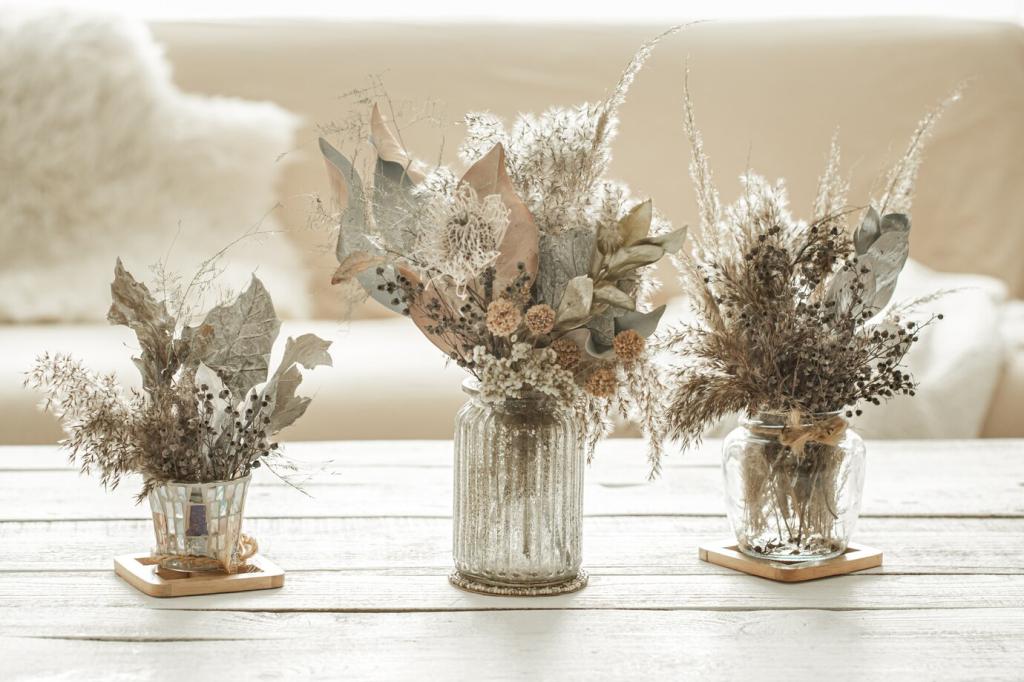
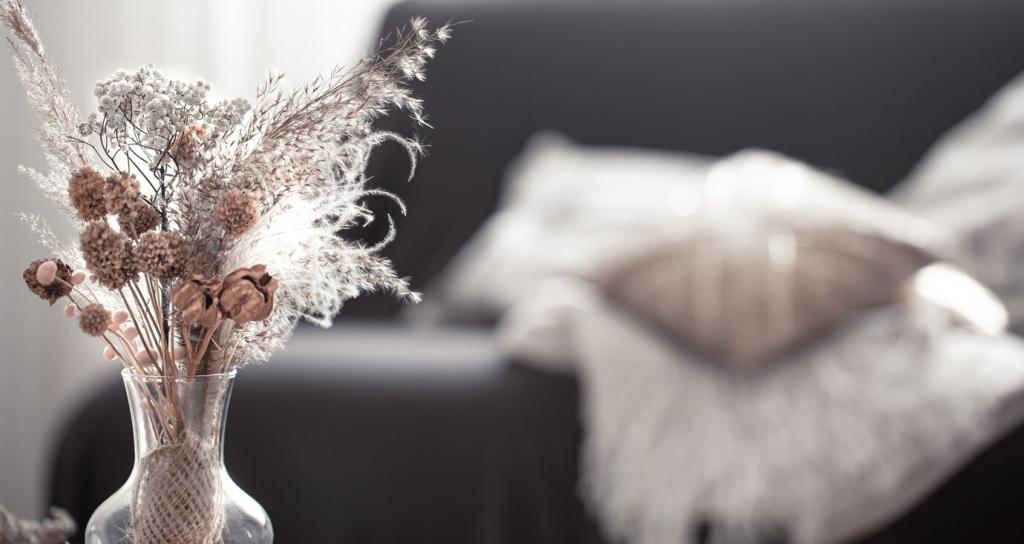
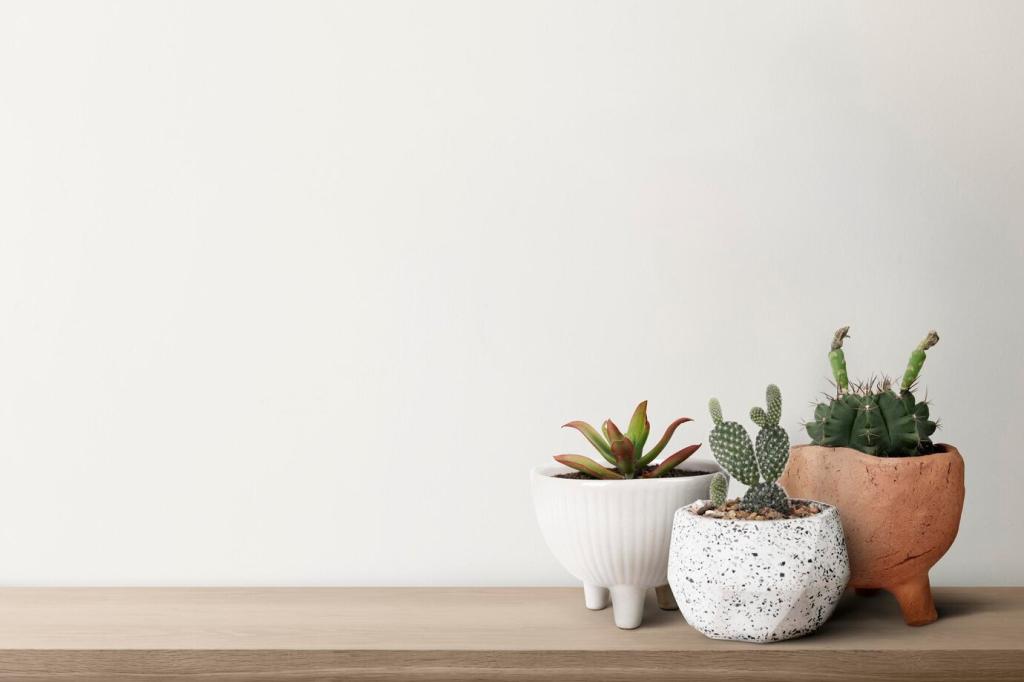
Personal Presence: One Focal Object with Meaning
Select a river stone, a single flower, or a handwritten intention. One focal point reduces distraction and deepens resonance. Share your chosen object and the story it carries into your practice.
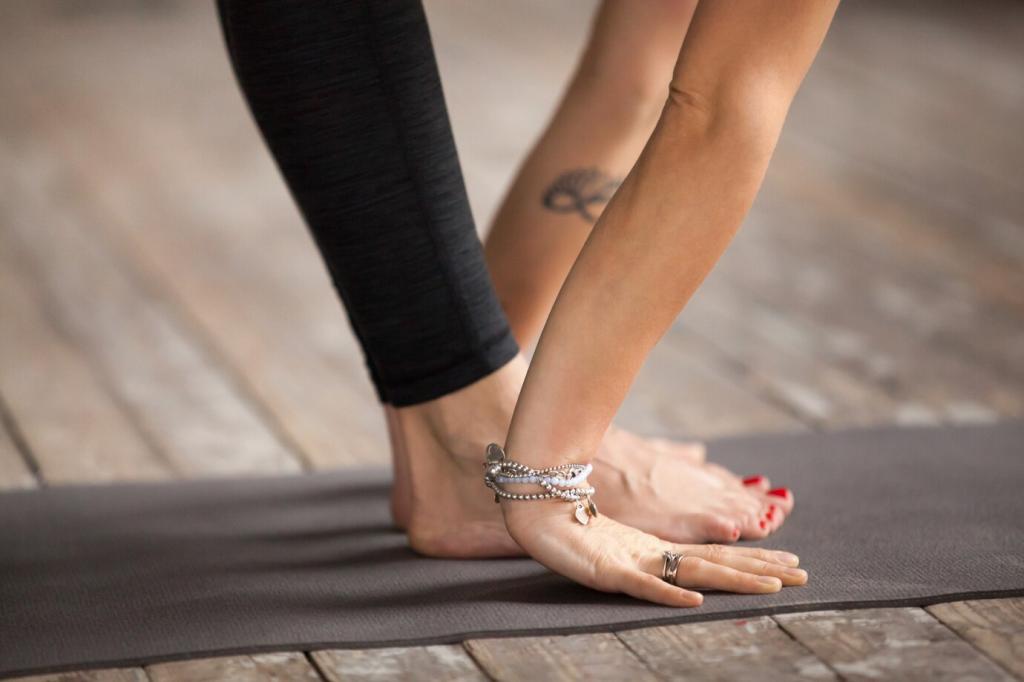
Personal Presence: One Focal Object with Meaning
I kept a smooth gray stone from a rainy hike by my mat. Its cool weight in palm signaled release. Savasana softened faster, simply because my mind recognized that grounded feeling.
A clear mat lane from door to breath
Place the mat so you step in and meet its centerline directly. That straight path becomes a ritual of arrival. Comment with a sketch of your layout and what it encourages first.
Mirror debate: alignment versus distraction
If a mirror helps, use a small, non-dominant one. Many practitioners find mirrors pull attention outward. Experiment for a week each way and share what supports internal listening best for you.
Adaptable zones for breath, heat, and restoration
Designate a warm corner for dynamic flows, a breezier spot for pranayama, and a quiet shadow for savasana. Subtle shifts sustain interest without clutter. Subscribe for our upcoming minimalist room checklist.
